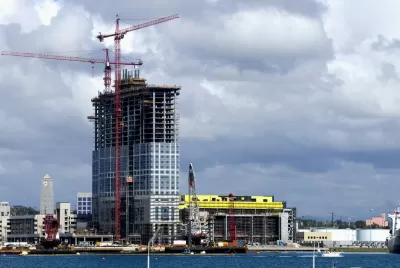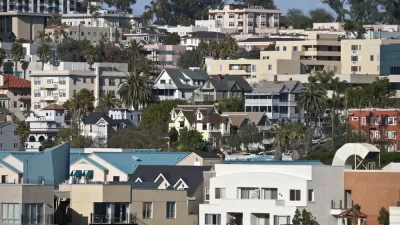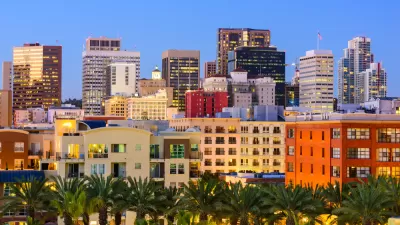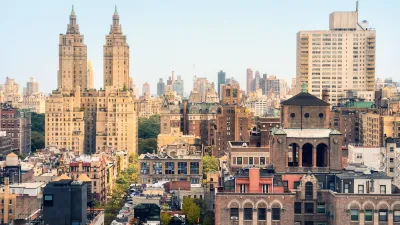Until now, mixed-use projects have required a lengthy discretionary approval process in San Diego. That could change with a zoning change given preliminary approval by the City Council this week.

"The San Diego City Council Monday tentatively approved an amendment to the city’s municipal code to add a sixth development zone category aimed at spurring high-density housing developments near public transit and employment areas," reports Ken Stone.
The zoning code change adds a sixth category to the city's zoning code: "mixed-use." The new code designation joins open space, agricultural, residential, commercial, and industrial in the municipal code.
"Mixed-use zoning will be available for developments that are primarily residential or employment-based. Secondary uses for mixed-use developments include residential space, employment space, offices and retail units," according to Stone. "Mixed-use developments that face the public right-of-way or a private drive or plaza will also be required to include building-front additions like bay windows, balconies and awnings."
Stone quotes Councilmember Vivian Moreno in the article, who backs the potential of the zoning change to make it easier for developers to create walkable communities.
"For developers seeking to rezone their current projects into the mixed-use category, city staff said the wait time to process a rezone is roughly 12-18 months, based in part on the speed with which developers return required paperwork to the city," according to Stone. Meanwhile numerous developers have sought this kind of development in recent years, only to encounter this long discretionary approval process.
FULL STORY: High-Density Housing Near Public Transit Is Aim of San Diego Code Change

Study: Maui’s Plan to Convert Vacation Rentals to Long-Term Housing Could Cause Nearly $1 Billion Economic Loss
The plan would reduce visitor accommodation by 25,% resulting in 1,900 jobs lost.

North Texas Transit Leaders Tout Benefits of TOD for Growing Region
At a summit focused on transit-oriented development, policymakers discussed how North Texas’ expanded light rail system can serve as a tool for economic growth.

Using Old Oil and Gas Wells for Green Energy Storage
Penn State researchers have found that repurposing abandoned oil and gas wells for geothermal-assisted compressed-air energy storage can boost efficiency, reduce environmental risks, and support clean energy and job transitions.

Private Donations Propel Early Restoration of Palisades Playground
Los Angeles has secured over $1.3 million in private funding to restore the Pacific Palisades playground months ahead of schedule, creating a modern, accessible space that supports community healing after recent wildfires.

From Blight to Benefit: Early Results From California’s Equitable Cleanup Program
The Equitable Community Revitalization Grant (ECRG) program is reshaping brownfield redevelopment by prioritizing projects in low-income and environmental justice communities, emphasizing equity, transparency, and community benefits.

Planting Relief: Tackling Las Vegas Heat One Tree at a Time
Nevada Plants, a Las Vegas-based nonprofit, is combating the city’s extreme urban heat by giving away trees to residents in underserved neighborhoods, promoting shade, sustainability, and community health.
Urban Design for Planners 1: Software Tools
This six-course series explores essential urban design concepts using open source software and equips planners with the tools they need to participate fully in the urban design process.
Planning for Universal Design
Learn the tools for implementing Universal Design in planning regulations.
Ascent Environmental
Borough of Carlisle
Institute for Housing and Urban Development Studies (IHS)
City of Grandview
Harvard GSD Executive Education
Toledo-Lucas County Plan Commissions
Salt Lake City
NYU Wagner Graduate School of Public Service





























